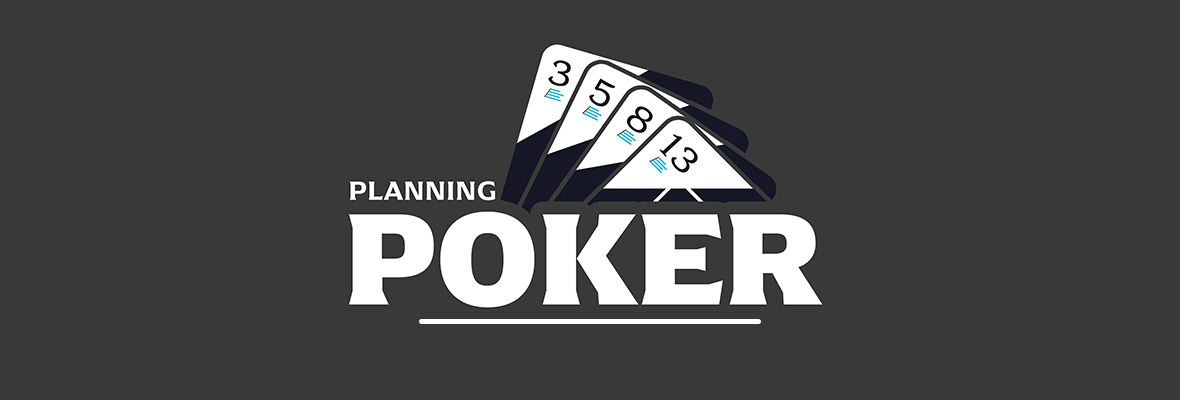PMO stands for a Project Management Office and represents the group that helps get stuff done in large companies. Okay let’s be honest, we all know that getting work done is hindered by bureaucracy, meetings, handoffs, approval processes, and the like. We also know that according to systems theory, the larger you get as a company the more complexity exists due to the ‘mesosystems’ or relationships between each individual person and team to every other person and team in the company. The PMO is a cross departmental organization created to find a way through the complexity and to get work done.
There are three types of traditional Project Management Offices which I will describe below, but I also want to point out a fourth type that I will refer to as an Agile PMO. This fourth type will be described in the next blog post, titled ‘What is an Agile PMO?’, since it’s a little different than your traditional versions.
Traditional PMO Types
Supportive
This type of a Project Management Office exists to educate and support Project Managers across the organization. In this setting the Project Managers report to the departments and teams inside specific departments, but they are supported by a central standardization department called the PMO. This type of PMO is staffed with business analysts, trainers, internal consultants. They are responsible for:
- Correlating data from projects across departments to provide reports and dashboards to senior management.
- Developing training courses for Project Managers, Mid-level managers, and sometimes teams around the best ways to accomplish projects in their department specific context.
- Operating as embedded coaches and consultants for short periods of time to elevate the practices of a team or department in order to drive performance.
- Developing templates, processes, and procedural documentation for standardization across teams.
Pros
This type of PMO allows individual teams or departments to own the responsibility of implementation which puts accountability closer to the people doing the work. This in turn drives ownership and motivates the best teams. This type of PMO also owns the critical role of understanding and correlating project data that senior management uses to make strategic business decisions, which alleviates some of this burden from departments and teams and removes the pain of senior management trying to sift through mountains of data.
Cons
The challenges around this type of PMO are based on your perspective. For a person with a top down, command and control mindset, this structure is frustrating because the PMO has zero control over projects, they must instead rely on their influence through training, coaching, and process development. On the other hand, a person who is skilled at facilitation would thrive in this type of PMO because they recognize that it is central control terminal of the organization with influence down to the team and up to the senior management. To the facilitator personality, this is an ideal setup because their job is to inform and facilitate business strategy without having to spend all their time putting out fires and worrying about repercussions of missed deadlines and failed projects. The potential pitfall for a facilitator though is their ability to seek control through the ownership and biased presentation of data.
Directive
The Directive type of Project Management Organization operates as a central staffing agency for project managers. Though not responsible for the outcome of specific projects, this type of PMO is responsible for staffing, training, and scheduling Project Managers to handle all projects in the organization. When a team or department is ready to launch a project in an organization with a directive PMO, they have to first request a project manager from the PMO. When the project is done the project manager generally returns to a central pool of talent and can then be reassigned to another project in the organization. When a Project Manager is not being utilized by other departments, the PMO will generally use them to update project templates and training material. This type of PMO is responsible for:
- Hiring & managing project managers by holding them to organizational standards of excellence around project planning and implementation.
- Training project managers on how to implement projects according to the PMO’s processes & standards.
- Develop processes and standards for projects across the organization.
- Create reports and dashboards for senior management to inform strategic planning.
Pros
This type of PMO works well in organizations that rely on processes to create value for the customer. For instance, manufacturing, banking, or maybe even large tourism companies. Anything that has a predefined process to deliver a product or service can benefit from having a Directive PMO. This is because the organization will need project managers who can be dropped in to fix or improve individual processes or tackle one-off projects. This provides a centralized way of facilitating organizational improvement without burdening each individual department with the additional overhead of a project manager.
Cons
The downside to this type of PMO is the fact that the PMO lacks representation in the day to day operations of departments when they don’t have an embedded project manager. This makes it difficult for the PMO to gather holistic statistics on organizational health and alignment. In these situations either the PMO’s charter must be extended to include the broader discipline of organizational statistics, or they have to understand that they only represent a portion of the big picture, specifically, efforts around improving organizational processes.
Controlling
The controlling Project Management Office takes a very different approach from the other two types. This type of PMO is not only responsible for processes and people, they are also responsible for projects themselves. Though implementation is handled by the various departments in a company, all teams rely on the PMO for project planning and oversight. This shifts the responsibility of success from the implementation team to the PMO creating significant organizational authority for the PMO as well as a major amount of pressure. This type of PMO is responsible for:
- Hiring project managers and making sure they are trained in the disciplines and the company’s standards.
- Staffing both long lived project streams and one-off projects with capable project management oversight.
- Planning all projects and overseeing they stay on track.
- Developing standards and templates for all project managers to follow.
- Developing reports and dashboards for senior management to inform organizational strategy.
Pros
This type of PMO centralizes authority of organizational priorities and can control which projects get funded or starved in accordance with leadership directive or internal opinion. This allows a centralized group to be responsible for alignment and execution. Though this seems like a positive thing, it can also turn into a negative bottleneck when it gets bogged down by the entropic force of politics or overwhelmed by the sheer amount of requests routing through it.
Cons
The major downside of this type of PMO is the bottleneck you create for all strategic project decisions. By centralizing planning and accountability you are removing the ownership from the teams or individuals on the front lines of the business. You are also asking the department responsible for best practices, training, and reporting to be reactionary which means these items will get de-prioritized whenever a project catches fire. Which, if you have been in project management for any amount of time you will recognize is a weekly occurrence.
The 4th Type
Continue reading about the new type of PMO here > ‘What is an Agile PMO’






Leave A Comment